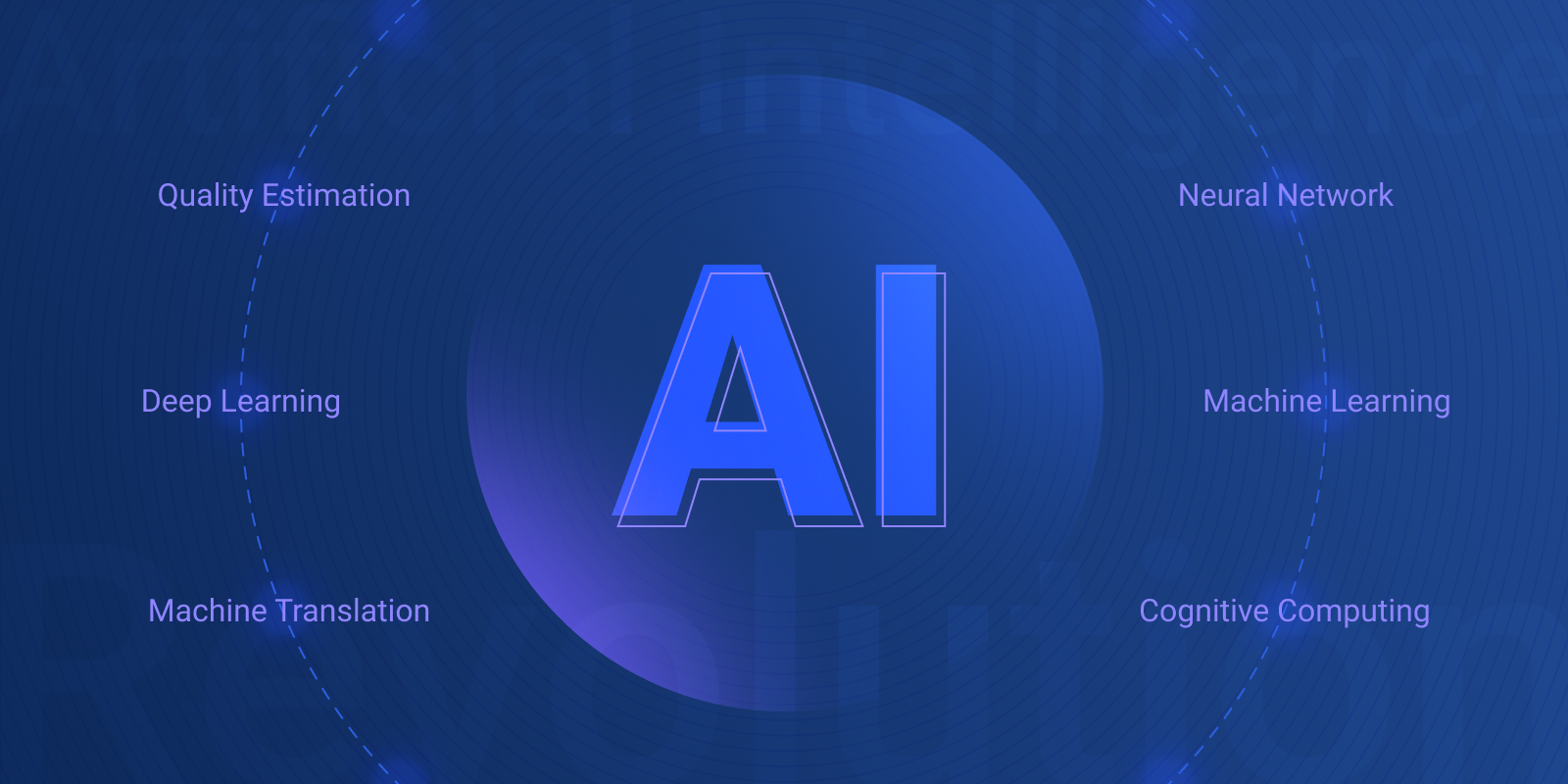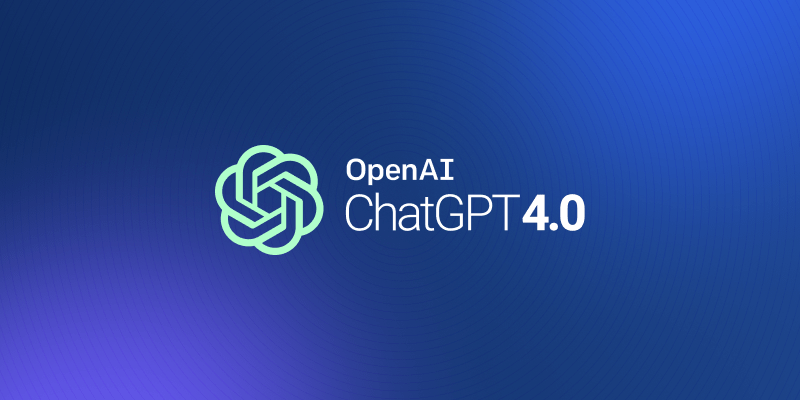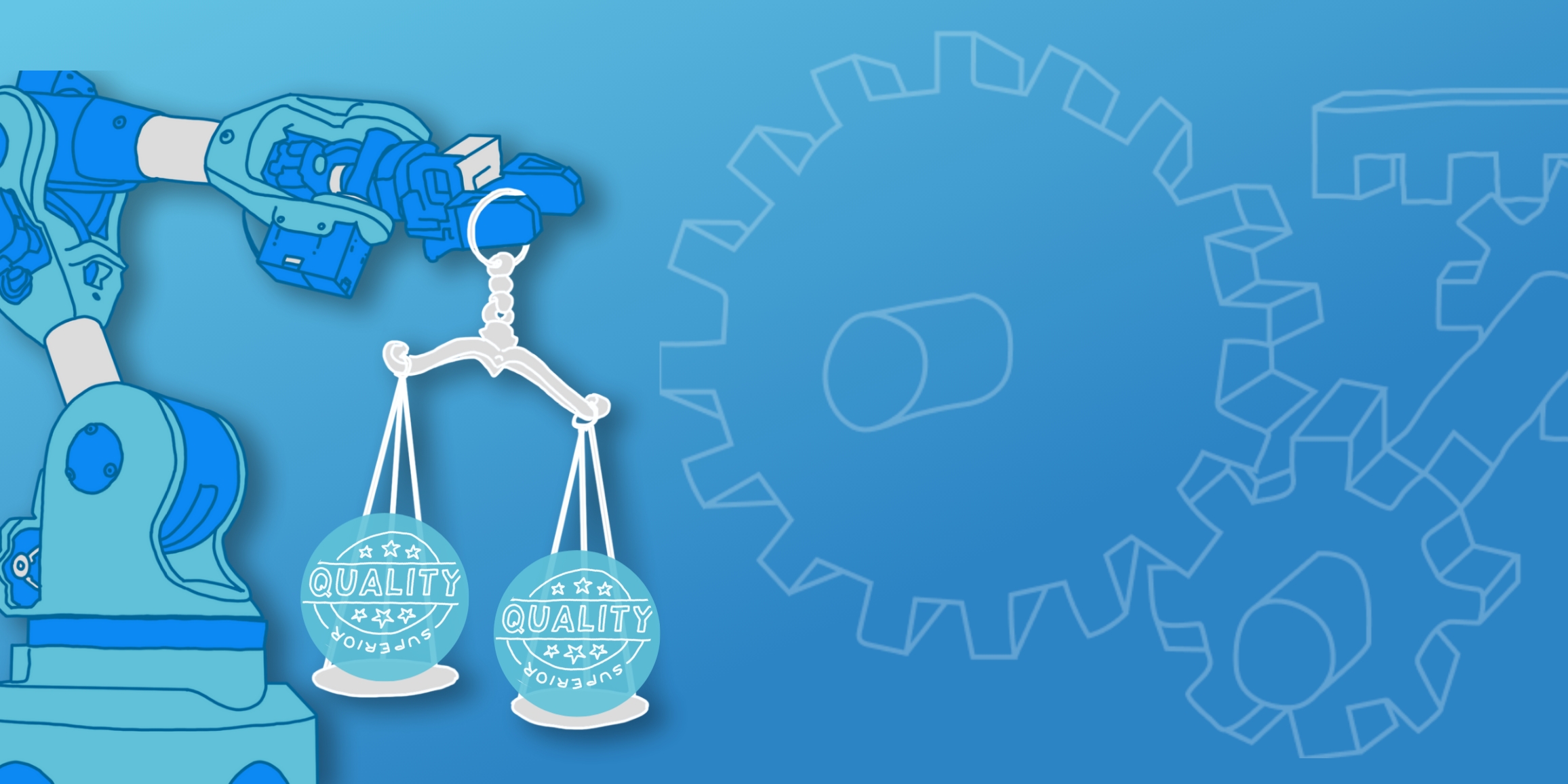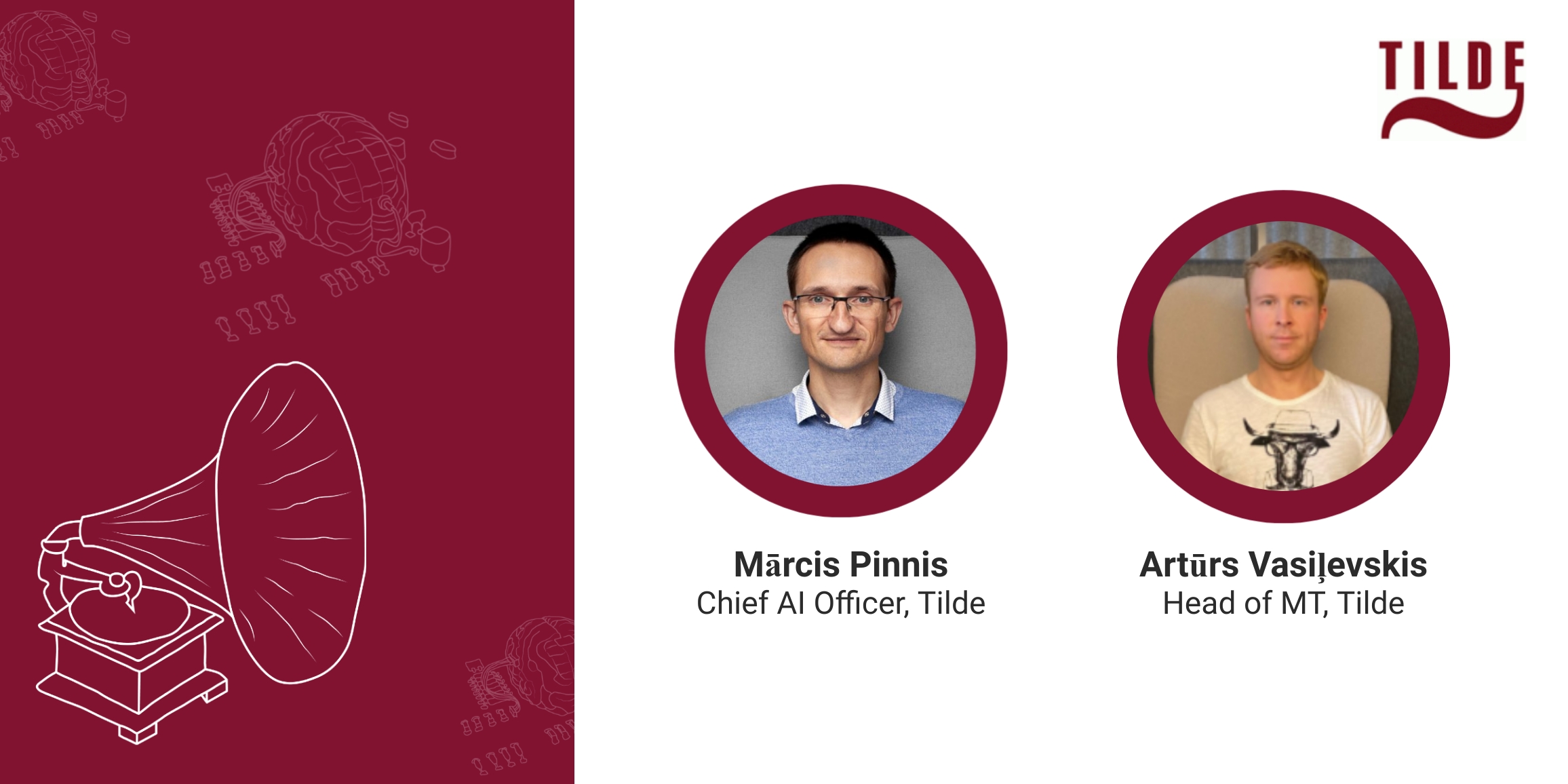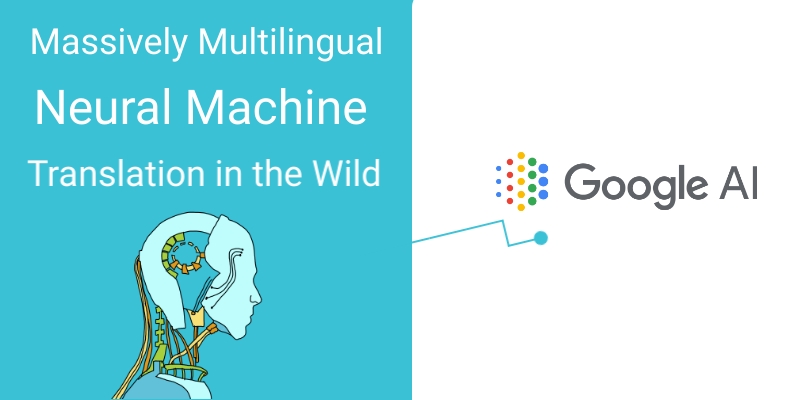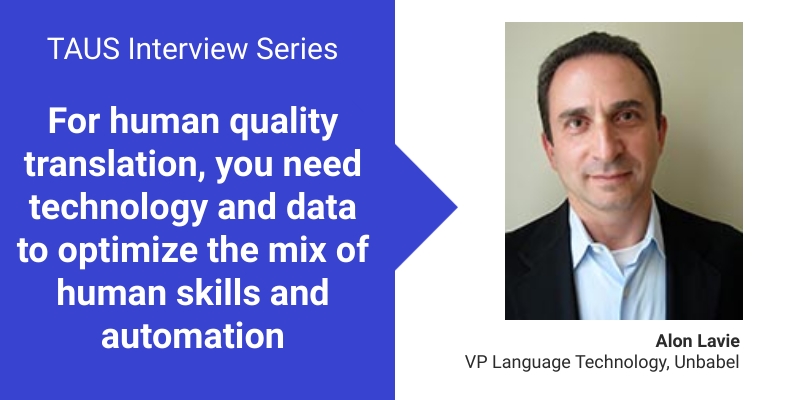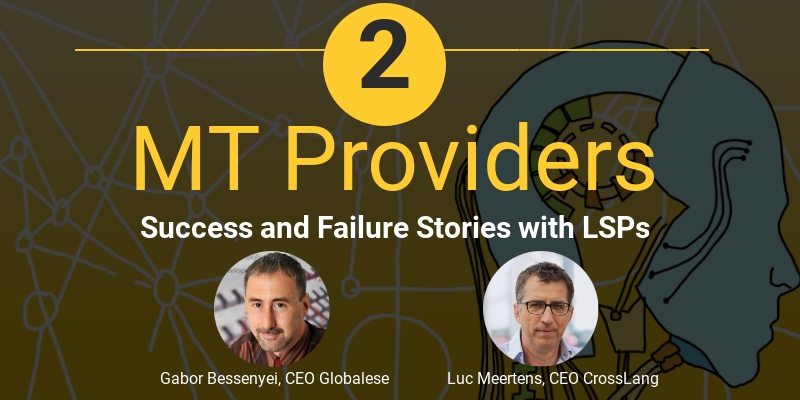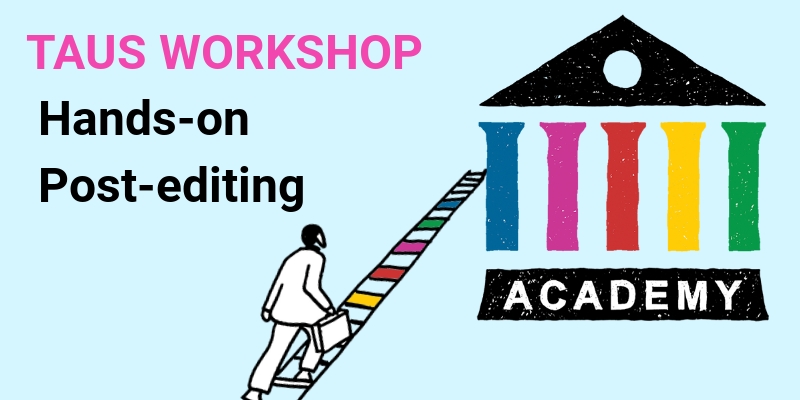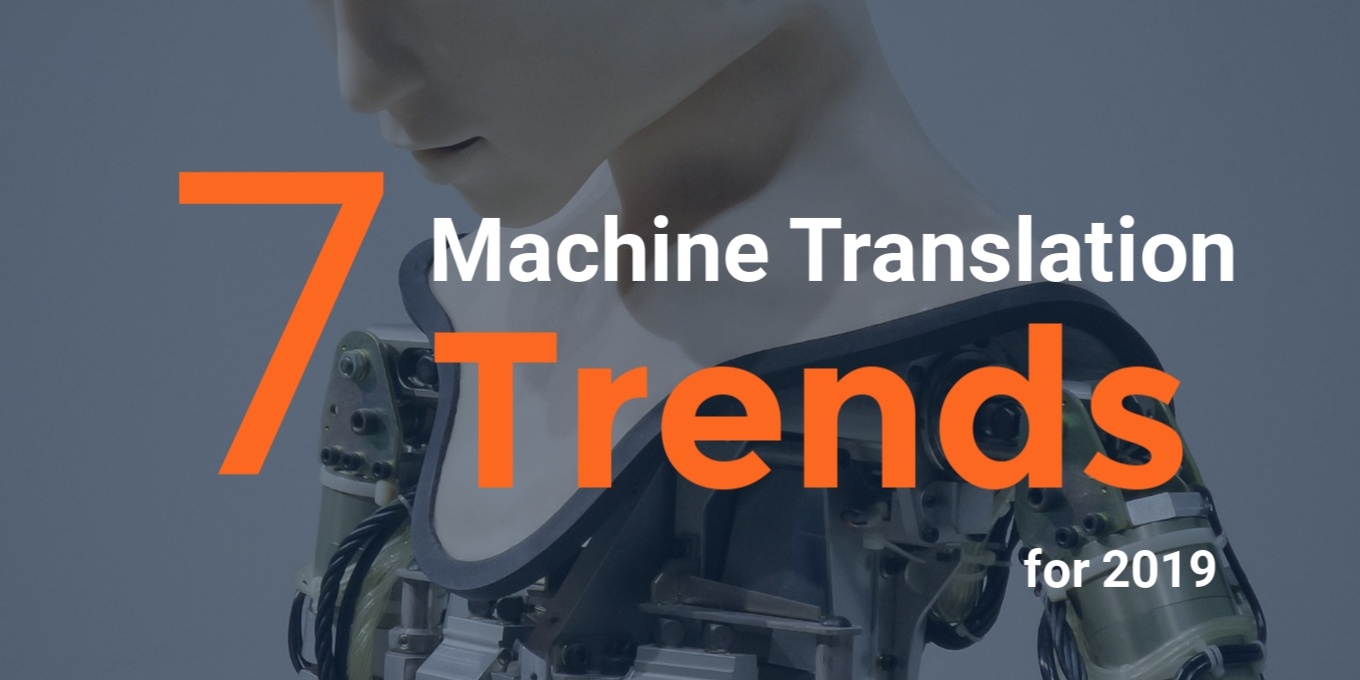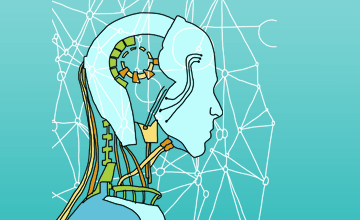machine translation
16/05/2023
Understanding our new leap in Artificial Intelligence and its impact on the industry.
31/03/2023
How is ChatGPT being used by the translation industry and is it really fit for the purposes of machine translation or language data for AI applications?
30/06/2022
TAUS recently launched DeMT™. This article provides context and more information on this recipe for improved MT.
 by David Koot
by David Koot08/04/2022
BLEU scores are essential to calculate translation precision: they compare reference translations with MT translation output, also known as candidate translations.
14/10/2020
Results of a survey addressed to LSPs to understand how much data is needed to create and train MT engines in addition to recommendations for MT training phases.
 by Milica Panić
by Milica Panić22/07/2020
Automatic evaluation of Machine Translation (MT) output refers to the evaluation of translated content using automated metrics such as BLEU, NIST, METEOR, TER, and CharacTER.
08/05/2020
Tilde's experience with developing the EU Presidency Translator is a great use case of public service MT. It has demonstrated how machine translation can be customized to provide efficiency and quality in cross-lingual communication.
 by Milica Panić
by Milica Panić06/05/2020
How to best implement machine translation and what factors to pay attention to?
28/04/2020
Machine translation trends to keep an eye on in 2020: Context-aware MT, Productization of Quality Estimation, Quality Estimation as Evaluation, Smaller High-quality Models, Source Data Analytics, Multilingual and Multi-domain NMT, and Dynamic Adaption.
06/03/2020
Can AI-driven translation by itself lead to “social” bias or intentional fakes, or only to accurate or inaccurate outputs? Here are some notes on AI ethics
 by Şölen Aslan
by Şölen Aslan18/09/2019
Machine translation is being redefined with the latest research titled Massively Multilingual Neural Machine Translation in the Wild, by the Google AI Team. What does Massive NMT mean for the future of translation? We've also got the insider view from Orhan Firat, a Senior Research Scientist at Google AI.
12/06/2019
We interviewed Daniel Marcu, Applied Science Director at Amazon, talking about the transition from unidimensional to a multidimensional representation of words, i.e., by replacing words with vectors.
29/05/2019
We asked Unbabel's Alon Lavie: which is more important in solving this multilingual communication problem – data or algorithms? How to apply quality estimation in a pipeline constructed around use cases? The future of the innovation? Here are his perspectives.
_small.jpg) by Helen Jung
by Helen Jung11/04/2019
After an open debate about the alliance between human and machine in localization in Silicon Valley, very interesting findings surfaced. Is MT a true disruptor in the history of translation? How do continuous content flows affect the user experience? This article brings you the perspectives presented by some of the brightest minds of the translation industry.
28/02/2019
How do MT service suppliers evaluate the mood among their clients? CEOs of Globalese and CrossLang talked about MT success and failure stories they experience with LSPs. These insights are extremely helpful in setting the right expectations when it comes to MT implementation.
13/02/2019
If you know even a little about MT, you are already on track to understand the ins and outs of post-editing. How do you then become a certified post-editor? To level up your post-editing skills, TAUS prepared a workshop. The TAUS eLearning Manager and tutor of TAUS PE Workshops lists 5 things you will learn at TAUS Workshops.
31/01/2019
Chris Dell shares how they're reinventing content delivery at Booking.com by combining human creativity and the reach of machine intelligence which is vital for a successful translation and localization strategy when you need to be agile about new content and multimedia opportunities.
27/11/2018
What's new in the world of machine translation and what are the MT trends for 2019? Here are the rising trends based on EMNLP 2018, one of the biggest conferences on Natural Language Processing in the world, and WMT 2018, one of the most reputable conferences in the field of machine translation.
 by Lane Greene
by Lane Greene10/09/2018
Lane Greene is firm that MT cannot win against English as the lingua franca. Greene explains why he thinks that English is the language of the future. If any character on earth epitomizes unwillingness to learn English, it is the Parisian waiter. This figure will not only refuse to speak English. He will correct your French if you speak less than perfectly. Now, this is mostly a myth.
 by Şölen Aslan
by Şölen Aslan10/11/2017
What is the best way to evaluate MT outputs? Humans and robots are racing in efforts to provide an answer to this dilemma. Maybe the solution is ''Social Robots''?
